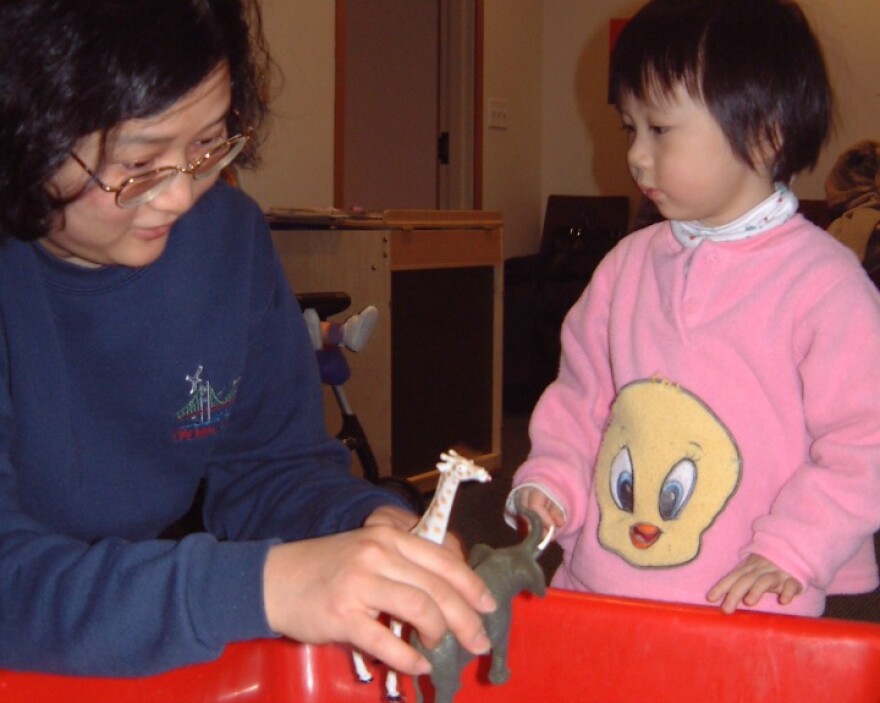Adults “match and sort” every time we do laundry. Children start learning this process during infancy, when they begin to notice which sounds they make bring an adult running to them (sounds that aren’t so effective).
A cry, chuckle or a smile all receive specific responses and the child begins to organize these responses to make sense of it and to gain some control of their environment.
New Words Mean New Encounters
Children continue sorting and classifying by organizing their understanding of language, people and objects in their environment. Each new word and experience is attached to an encounter and cataloged with it so that the child begins to construct an understanding of how the different parts of their environment relates to themselves and each other.
Matching, Sorting and Classifying
This process of making sense of the environment is a child’s first step in the math activities of matching, sorting, and classifying.
When children explore their environment they notice how things are alike and how they are different. They begin to sort them by characteristics that have meaning to them, characteristics such as color, size, shape, texture, and sound. Children then begin matching objects that have the same characteristics.
It is easier for children to begin matching pictures after they have had experience matching concrete objects. As children begin to master their matching skills they will try more complex math activities.
Sorting -- Think Silverware!

Once children match more than two objects they are now sorting. Sorting involves separating objects into groups according to their similarities. Children may have their own ideas of how these objects are related.
Helping with household tasks such as putting away silverware, groceries, or laundry will encourage their sorting skills and will help them better understand the sorting process.
Generally the process of sorting involves three steps.
- Children decide which characteristic to sort by
- Physical sorting of objects
- Describing rationale for sorting.
Describing their rationale encourages them to think about other characteristics to sort by. Children typically begin sorting by one characteristic at a time, for example putting all the blue blocks together. They will then progress to two or more attributes, all the round, blue blocks.
Children Match and Sort Everyday
When they put a puzzle together, they are matching shapes. When they are putting on their shoes and socks they are matching objects. While helping to clean up their toys or helping with laundry children are sorting objects. Common activities that children experiences during play and daily tasks provide many opportunities for them to learn math concepts.
Matching, sorting and other math activities are best learned when they are part of a child’s everyday life. Children need to see math being used in the real world.
For more Information visithere:

Angela Harris
Extension specialist Angela Harris is our guest blogger. She is with Michigan State University Extension, one of WKAR's partners in Education Services.




